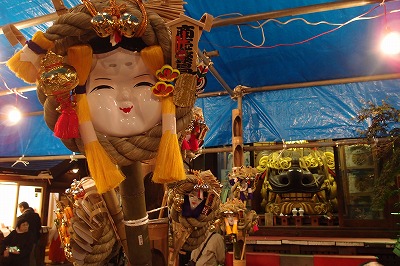On November 20 (17: 00-19: 00), at "Ginza NAGANO" (Ginza 5), entitled "How to find and enjoy my favorite sake", Kasuga, Saku-shi "Farmhouse Restaurant" "Family Craftsman Museum" Masakazu Kitazawa (1st Culinary Masters Bronze Award winner) and the 33rd National Kishi Sake Brewery Saku Sake Brewery Saku City Sake Brewery Saku City Sake Brewery Sakuho Championship Saku City Championship Saku City Championship Saku City Championship Saku City Sake Brewery Saku City Sake Brewerylocally brewed sake Sake Brewery Championship Saku City
A stand-up style with fresh seasonal ingredients from the mountain village lined up on the table.
Menu of the day
・Hundred flower salad in Saku (blooming) field
・The blessings of pesticide-free rice and beans risotto
・Sake lees and free-range chicken eggs
・Serve the root vegetables of Sakuno in late autumn
・Mukago in the mountains and miso in the mountains
Special dish
・Root vegetables and cheese of Sakuno <Laclet*>
Atsuatsu Torori's "Laclet" also appears in the anime "Alpine Girl Hygie".
Usually, cheese is heated with fire and melted over potatoes, but this time matching with root vegetables.
The combination with yamaburdock, red-core carrot, etc. is a novel taste!
locally brewed sake of Saku
・Osawa Sake Brewery “Seki Junmai daiginjo”
・Kurosawa Sake Brewery "Junmai Ginjo Foundation Autumn Agari"
・Fuyo Sake Brewery “Junmai undiluted sake is good drunk”
・Tozuka Sake Brewery “Kantake Junmai Ginjo”
・Banno Sake Brewery “Junmai Ginjo SAKU13**”
Gathering of young managers of 13 stores in the Saku area (11 in Saku City / 1 in Komoro City / 1 in Sakuho Town) (Saku Wakabakai)
Joint brewing project product (started in 2013. In 2013, Banno Sake Brewery was on duty.
+13 brands in each warehouse
Saku is known as one of Japan's leading longevity villages.
We ask Masakazu Kitazawa's theory, "Fujichi", "Everyone meal", and "Unsatural food", and taste the 13 famous sakes while tasting powerful dishes with raw ingredients.
Each one has its own individuality, and a fertile world spreads.
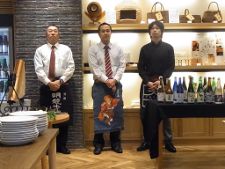
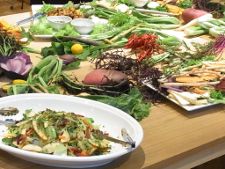

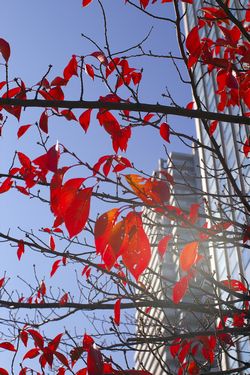











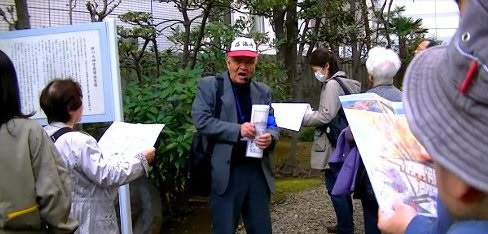
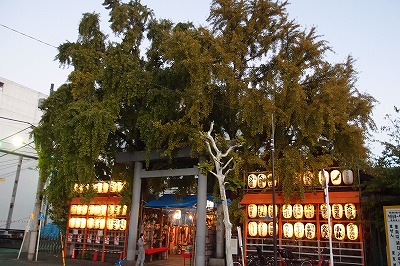 Oh, it's going to take a little longer.
Oh, it's going to take a little longer.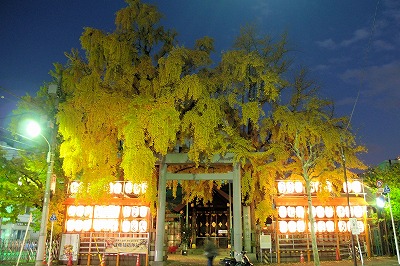 The yellow leaves of the weeping ginkgo, illuminated by streetlights and lanterns, looked like a bell-grown oval.
The yellow leaves of the weeping ginkgo, illuminated by streetlights and lanterns, looked like a bell-grown oval.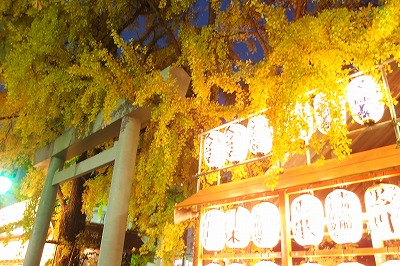
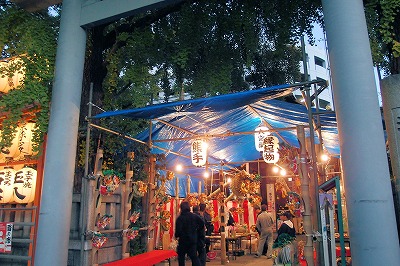 It was not large, but it was crowded with small crowds.
It was not large, but it was crowded with small crowds.